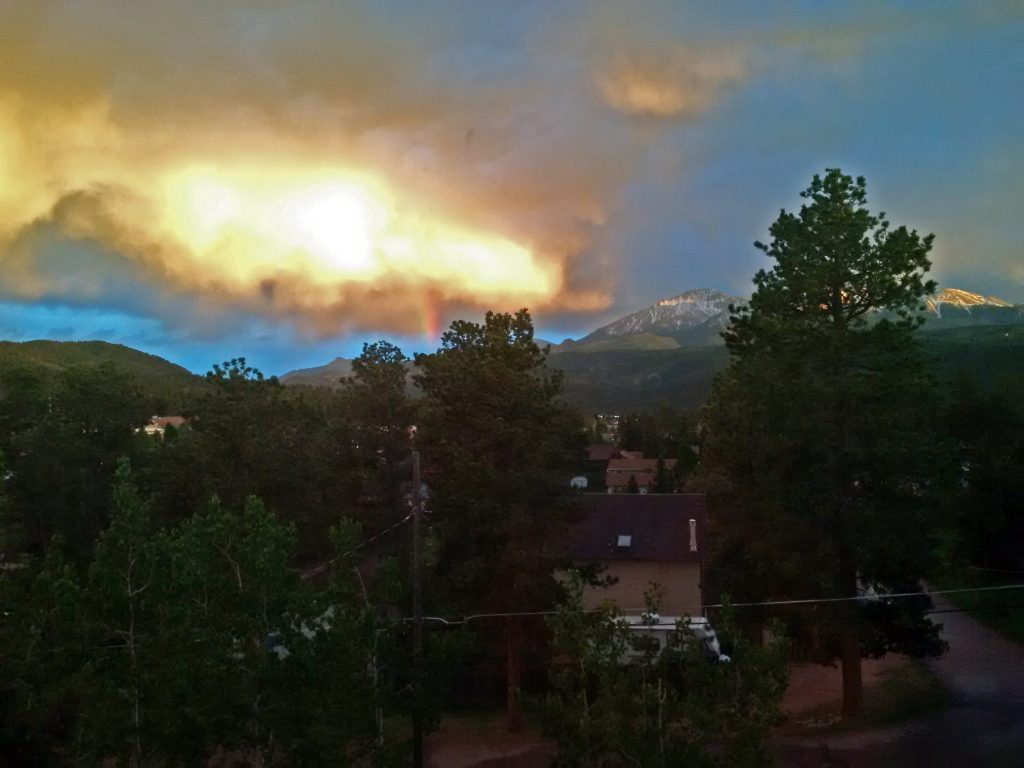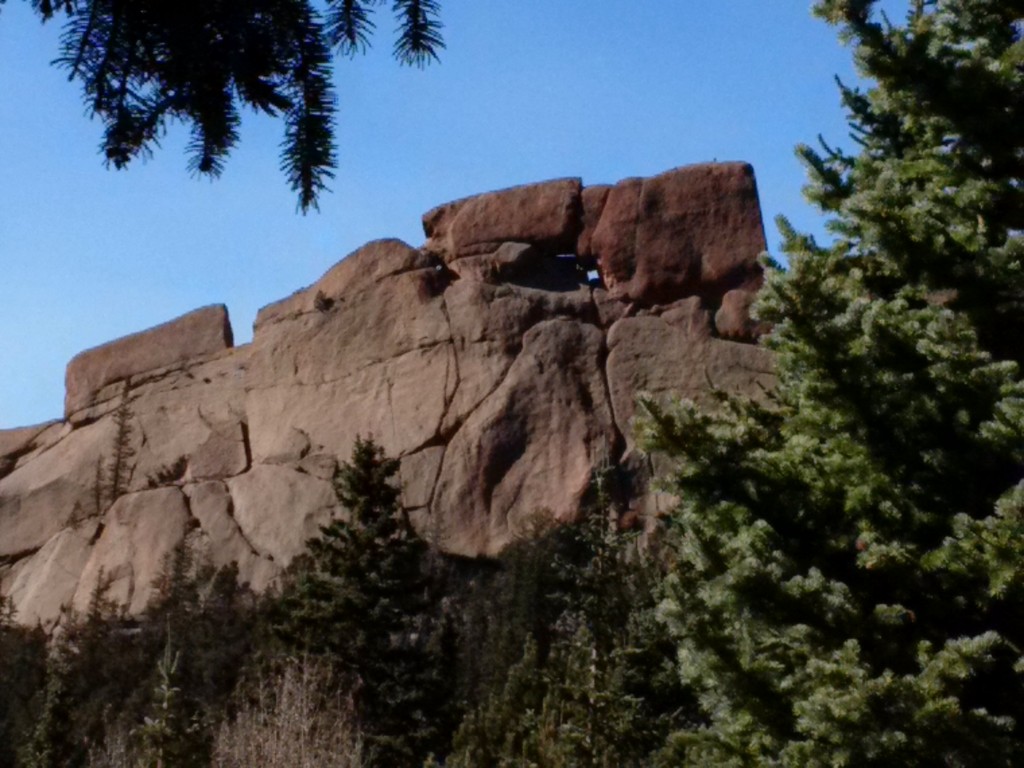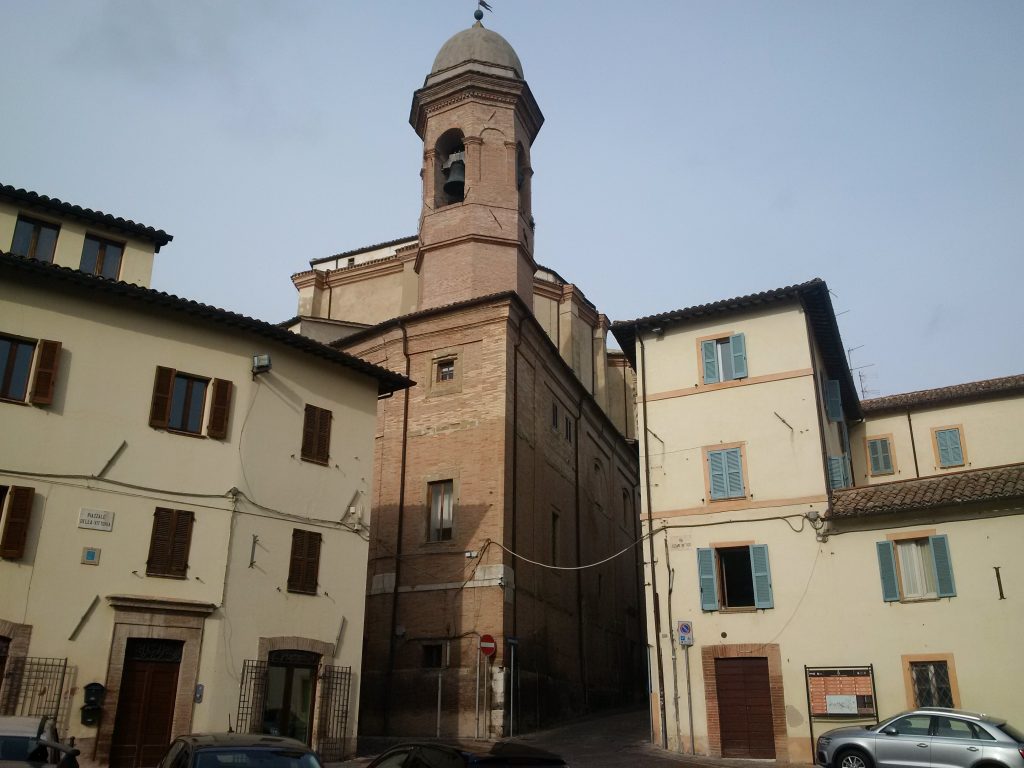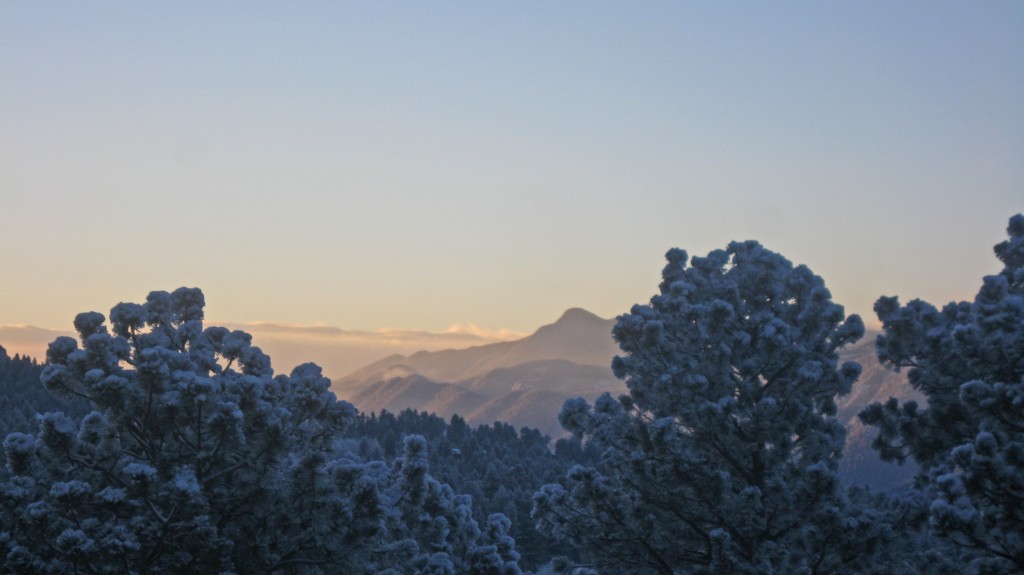I’ve traveled quite a bit, and since about 2001 I’ve carried either a small camera or at least a cell phone with a camera. These pictures appeared on my main page at one time as a photo of the day or week—something to share with the people kind enough to visit my web site.
Thanks for visiting, and if you found anything of interest on my web site, please share with your friends on Facebook, Twitter, or Pinterest

























These images were taken in a cleanroom at Goddard Space Flight Center (in 1988), during the pre-launch testing and optical characterization of the LAGEOS-2 satellite. LAGEOS 1 and 2 are a part of a constellation of different satellites at various altitudes used to measure tectonic plate motion, deformation, and other characteristics of the Earth, like changes in the rotation, and the wobble of the axis. They are also used for other kinds of experiments, such as validation of the principle of equivalence for relativity, quantum entanglement, as well as less esoteric things like Earth tidal changes. These are science satellites, but they can also serve as convenient calibration targets for RADAR systems tracking in orbit debris or even for missile defense. LAGEOS-2 is a passive satellite (which means there are no electronics or other active parts of the satellite. It has a brass cylindrical core (for stability) covered by an aluminum skin, into which are inserted cube corner prisms, used to reflect laser pulses from ground stations. There are 426 cube corners total, 422 in the visible optical range and 4 germanium cube corners (arranged in a tetrahedral configuration) for long-wavelength applications. There are twoLAGEOS satellites, in complimentary orbits, both at an altitude of approximately 6000 km. Each has a diameter of about 60 cm and looks like a great big golf ball. I was privileged to be a part of the team doing the re-launch testing, as well as having used them in-orbit for different experiments. NASA and an international coalition of space and science agencies worldwide use the constellations of satellites, as well as other satellites equipped with cube corners.
The town of Cripple Creek, Colorado—at almost 9500 ft., it’s about a 30-minute drive from my home. Cripple Creek is the site of one of the largest gold strikes in the US and there is still an operating mine in operation, which is producing more than 200 thousand ounces per year. It is also the county seat for Teller County. The town is one of the few places in Colorado able to have casinos.
BELOW:
Riding toward Divide Colorado on a back road
The weather opened up with blue sky for a little while, so I went for a ride.
Since I removed the almost-road-slick tires from my dual sport bike and replaced them with Heidenau K60 Scouts, it’s opened up more roads up here in the Ute Pass area. Many roads are fire or forest service roads (this is Pike National Forest, after all), which are a kind of compacted dirt road with soft sections and lots of washboard patterns to make the tires leave the surface
Still getting used to the new tires. I wouldn’t take them on a true off road path, since they’re really 50 /50 (road / dirt) tires, but they’re good on these forest roads and on regular roads with sand and gravel sprinkled across the surface. Plus, you need to expect to fall on true off road wild paths, and I’d rather ride a 200 to 250 pound bike when I fall than this 500 pound bike.







Panoramic View from a hike near home










Leave a Reply